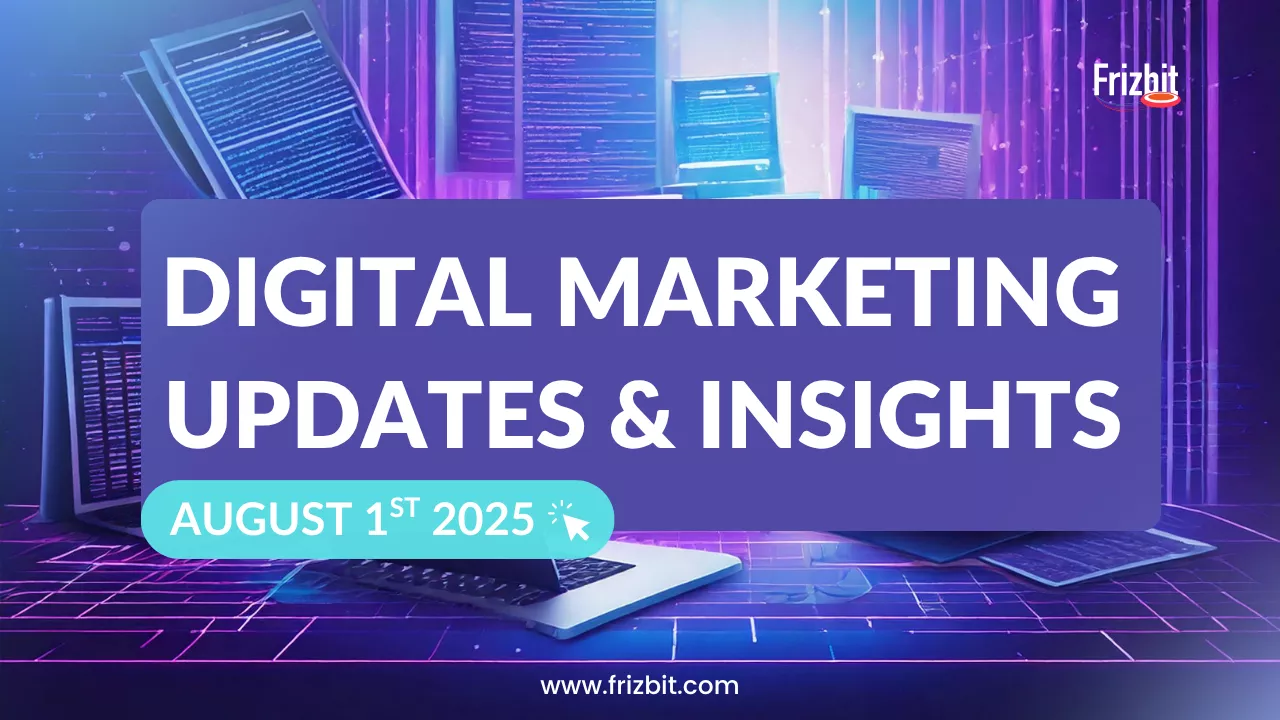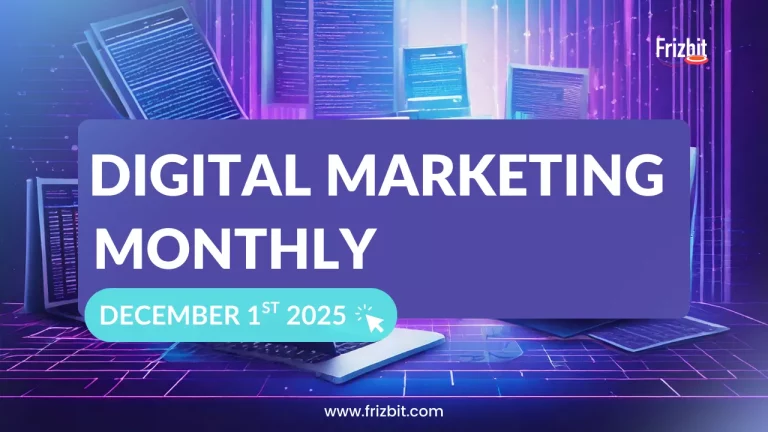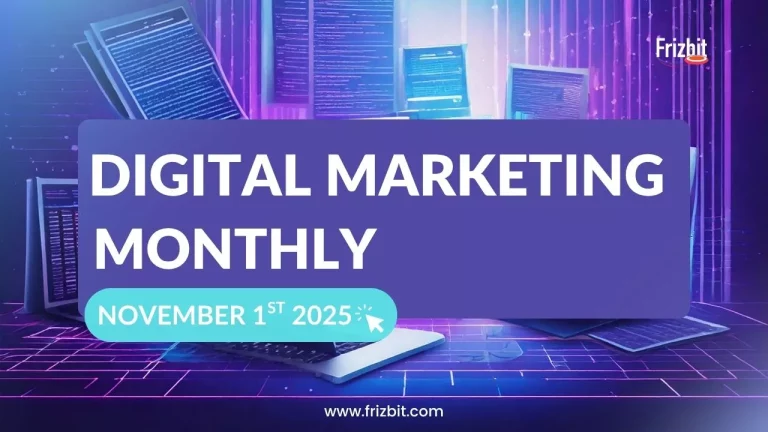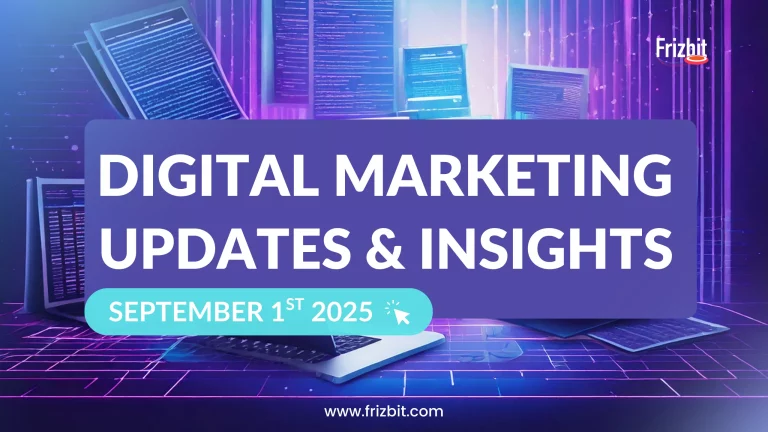Welcome to the August edition of the Digital Marketing Updates! 💌
Search is no longer step one, and for marketers, that changes everything. For the first time in 22 years, search engine traffic is dropping as users turn to AI tools like ChatGPT and Perplexity to get answers, not just links. And the shift is measurable: Google’s top organic click-through rate has plunged from 28% to 19% since AI Overviews rolled out.
This isn’t just an algorithm change, it’s a user habit reset. Ranking high means little if users never leave the AI interface. What gets rewarded now? Content that’s quotable, trustworthy and crystal-clear — the kind AI wants to cite.
Inside this month’s digital marketing updates:
• Search: With AI tools like ChatGPT and Perplexity eating into search traffic and CTRs dropping across Google, classic SEO needs a rethink. The game is no longer about ranking, it’s about being the trusted answer. Are your pages ready for that shift?
• Martech: From Flodesk launching subscriptions to new eCommerce checkout strategies, monetising content is no longer just for Substackers. These tools signal a growing trend: creators and brands are moving fast to turn audiences into revenue, on their own terms.
• Social: TikTok’s quietly becoming a retargeting powerhouse, while Pinterest reveals how to win this year’s holiday campaigns. Both platforms are leaning into intent-rich behaviour and short-form storytelling, and it’s working.
• Frizbit: This month, we showcase two new client success stories from Camerfirma and Miin Cosmetics, proving that hyper-personalised retargeting is more than a buzzword. It’s a performance multiplier across business models.
Ready to dive deep into the latest digital marketing updates?
Search Marketing Updates
1. AI takes over the top of the funnel registering a drop in CTRs. Is your content ready to be quoted?
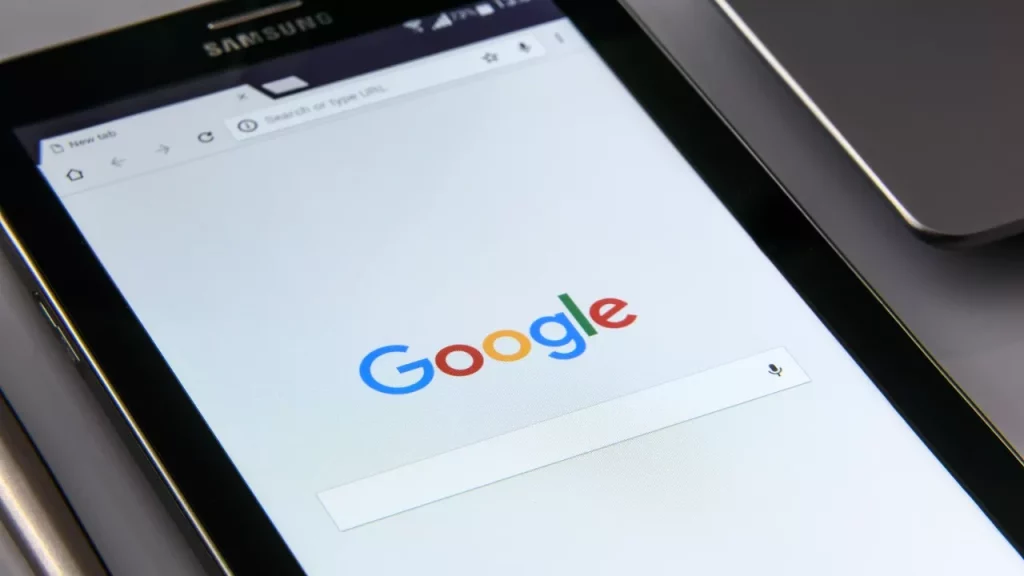
Key highlights:
- For the first time in 22 years, traditional search traffic is falling
- AI tools like ChatGPT and Perplexity are becoming the go-to for answers
- Google’s top organic CTR dropped from 28% to 19% after AI Overviews expanded
- Users are skipping links and getting direct answers inside AI interfaces
📌 Being ranked isn’t enough any more, you need to be the answer.
We’re witnessing a structural shift in how users discover content. The 2025 Consumer Behaviour Index by SOCi shows that while 83% still use search engines, platforms like social media, maps, review sites and AI assistants are rapidly catching up. What does that mean for marketers?
The click is no longer guaranteed. Even if you appear in search results, users might never visit your site. AI summaries are doing the heavy lifting, scanning, extracting, and presenting answers without the need for a click.
Here’s the catch: not all content is AI-friendly. If your pages are built solely around keyword stuffing or vague authority claims, you’ll likely get skipped.
What’s changing:
- SEO is evolving into Information Architecture + Reputation Management
- Structured, fact-based, and well-sourced content is getting surfaced more often
- E-E-A-T is more relevant than ever, but now from the lens of machine readability
- AI tools are redefining content discovery, not just assisting it
As, Sundar Pichai, Google CEO, mentioned in a recent interview to The Verge:
“If you put content and links within AI Overviews, they get higher click-through rates than if you put it outside of AI Overviews.”
🚀 Practical tips for marketers
- Focus on clarity, trust and structure — these are the traits AI models prioritise
- Use FAQ blocks, schema markup and in-depth headers to feed models context
- Build presence beyond websites: media mentions, reviews, cross-publications
- Monitor where your content appears in AI snapshots, not just the SERP
Our take
Search is no longer the beginning of the customer journey, it’s just one of many checkpoints. If your content isn’t being referenced by AI, it may as well not exist. The next wave of SEO isn’t about rankings, it’s about relevance in a post-click world.
2. Amazon steps away from Google Shopping: what does this mean for sellers?

Key highlights:
- In mid-July, Amazon pulled 100% of its Google Shopping ads in the US, UK and Germany
- Until then, it held 60–70% impression share across key retail verticals
- No official explanation, but theories point to AI-driven search, cost cuts, and data leverage
- Competitors like Walmart and Target are slowly gaining ground, but no clear replacement yet
📌 For years, Amazon dominated Google Shopping auctions. In just 48 hours, that presence vanished. And no one’s filled the void yet.
Why would Amazon walk away from Google’s biggest retail ad slot?
Industry watchers suggest several overlapping motives: margin protection after Prime Day, pressure tactics ahead of potential renegotiations with Google, or a reaction to AI snapshots like Gemini cannibalising paid clicks.
Amazon, with its own $46B ad empire, may be testing what happens when it stops feeding Google’s machine.
What’s happened since:
- Impression shares shifted but didn’t consolidate. Walmart, Best Buy and Shein saw small upticks, but no brand took over
- CPCs haven’t dropped yet, likely due to smart-bidding models still adjusting to the gap
- Retailers are rethinking the cost-benefit of Shopping Ads, especially as Google folds them into Gemini, P-Max, and other black-box placements
What this means for marketers:
- Audit your impression share, it’s a rare window to move up without outbidding Amazon
- Monitor CPCs and ROAS closely before shifting big budgets to P-Max
- Reinvest in organic feeds: fewer ads may mean more room for organic shopping visibility
- Test new channels: Walmart Connect, Amazon DSP, TikTok Shop now look more appealing
Our take:
This isn’t just a tactical shift. Amazon’s sudden exit might mark the beginning of a bigger fight over data, AI dominance, and platform dependency. Whether it’s a negotiation tactic or a long-term strategy, one thing’s clear, if Amazon can vanish from Google Shopping in a day, every retail brand needs a backup plan.
Martech Updates
1. Flodesk adds paid-subscriptions: is email turning into the next monetisation platform?

Key highlights:
• Flodesk now lets you sell subscriptions directly through Checkout
• Think paid newsletters, memberships or digital access, no extra tools needed
• Includes ready-to-go templates and workflows
• A direct response to platforms like Substack, ConvertKit and Patreon
📌 This update shifts Flodesk’s role. It’s no longer just a beautiful email builder, it’s now part of the creator monetisation space.
Why it matters:
Flodesk built its reputation on intuitive UX and elegant designs. But with subscriptions built in, it’s now helping brands turn audiences into paying customers, without needing third-party tools or complicated integrations.
Whether it’s gated content, private offers or exclusive access, you can now:
• Set recurring payments for premium content
• Manage billing and customer access all within Flodesk
• Launch in minutes with branded templates and zero coding
The bigger shift:
Email is moving beyond retention. Just like Substack helped turn newsletters into products, Flodesk is joining the monetisation wave, but with a design-first, privacy-safe spin.
Where Substack can feel transactional, Flodesk keeps the experience polished and brand-aligned, which matters for creators and small businesses alike.
What this means for marketers:
• Test value-led offers — content doesn’t always need to be free
• Use email to drive recurring revenue, not just engagement
• Stand out with clean design and frictionless onboarding
Our take:
Flodesk isn’t trying to beat the competition with volume, it’s winning on experience. If you want to monetise content without breaking your brand look or handing over data to external tools, this is a smart new path. Plus, it hints at a broader trend: emails that sell, not just inform.
2. GTP-5 is coming this summer: here’s what to know

Key highlights:
• GPT-5 may launch in August 2025
• New setup could combine real-time tools, coding, and task execution
• It’s expected to boost performance across search, productivity and support workflows
• The model could challenge Gemini and Claude with more flexible capabilities
📌 After months of anticipation, reports say OpenAI is preparing to launch GPT-5, the next version of its AI system, with a few changes that could shift how teams use these tools day to day.
What makes GPT-5 different is its multi-model structure, merging different types of AI (like search, task processing and chat) into a single experience. One of the updates expected is the integration of the O3 model, designed to manage more dynamic tasks and real-time actions.
This could mean:
• Faster answers using live data
• Better handling of tasks across documents, apps and workflows
• More control for users in creative and analytical work
The release date isn’t confirmed yet, and OpenAI has shifted timelines before. But if the launch lands as expected, it could bring a step change in how teams think about using AI in production environments.
Our take:
Rather than just producing content, GPT-5 is being built to help users actually get things done, and if that holds, it might reshape the way we think about automation in marketing, operations, and beyond.
Social Media Updates
1. Pinterest leans into early holiday planning with 2025 guide
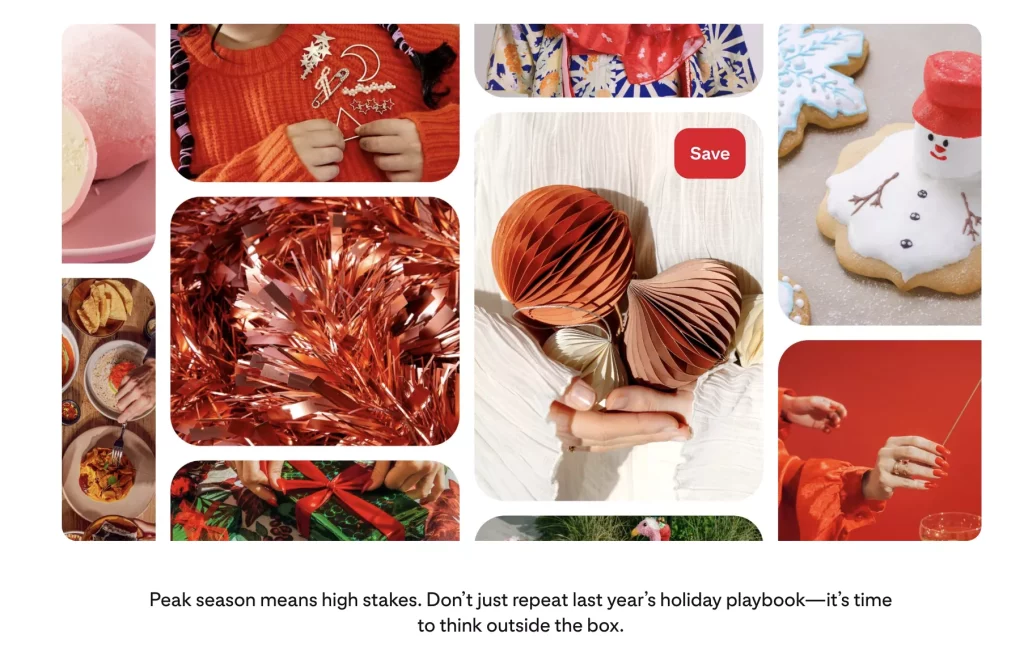
Pinterest just dropped its Holiday Marketing Guide 2025, offering strategic insights on how brands can tap into early festive searches. The guide reveals that users begin holiday planning as early as September, and that branded content saved in Q3 sees higher conversion rates later in Q4.
Key stats:
- +40% YoY increase in searches for holiday decor and gift inspiration in September
- Brands that pin early content are 3x more likely to appear in saved boards during peak season
Why this matters
Pinterest isn’t just about pretty boards anymore, it’s a discovery engine for early purchase intent. If you’re not showing up before October, you’re showing up too late.
🚀 Pro tip
Use this month to plan your campaign calendar and start uploading content tailored to mid-September interest. For help, check out our own list of 15 holiday marketing campaign examples and grab our free Notion calendar template to keep campaigns aligned.
Our take
Seasonality is back in full force, and Pinterest is where Gen Z and millennial shoppers go to research before buying. Smart brands are treating Pinterest as their Q4 foundation, not an afterthought.
2. TikTok upgrades retargeting with Engaged Session ads
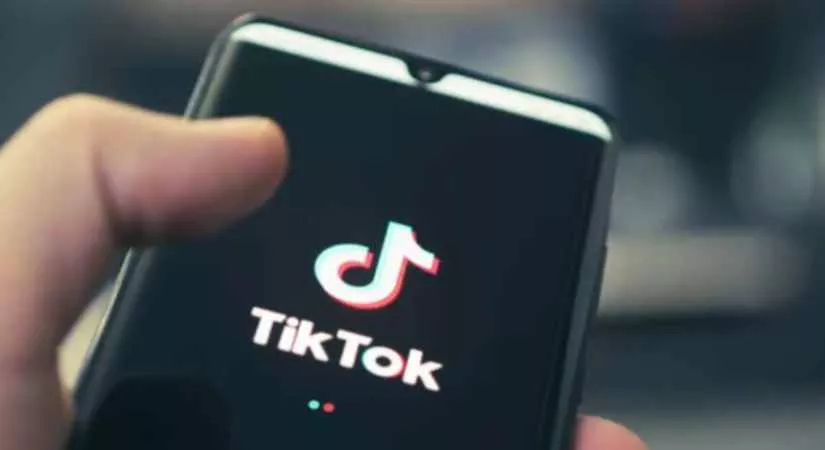
Following this month’s digital marketing updates, TikTok is levelling up with Engaged Session Retargeting, letting advertisers re-engage users who spent time on a brand’s website but didn’t convert, following users beyond the app.
This rollout shows TikTok’s shift from entertainment-first to conversion-friendly, giving brands a second chance at users showing high intent.
As AdWeek mentions:
“TikTok says that the new tool is designed to ‘bring high-intent users to your website’ while providing insights into engagement metrics like Total Engaged Sessions and Cost per Engaged Session, metrics that ‘align closely with third-party analytics like Google and Adobe Analytics.’”
📌 What it means
TikTok isn’t just about silly dances anymore. It’s adapting to the shopping habits of Gen Z, where quick, engaging ads beat long-form brand messaging.
Now, you can:
- Retarget visitors based on session duration, not just visits
- Serve tailored content directly inside the feed
- Close the loop on traffic that would’ve otherwise bounced
Our take
TikTok keeps proving it can drive performance, not just impressions. For eCommerce and DTC brands, this format could be a game-changer for abandoned traffic, especially paired with short-form creative optimised for mobile.
About Frizbit
1. New Case Studies: One goal, two business models, hyper-personalisation led
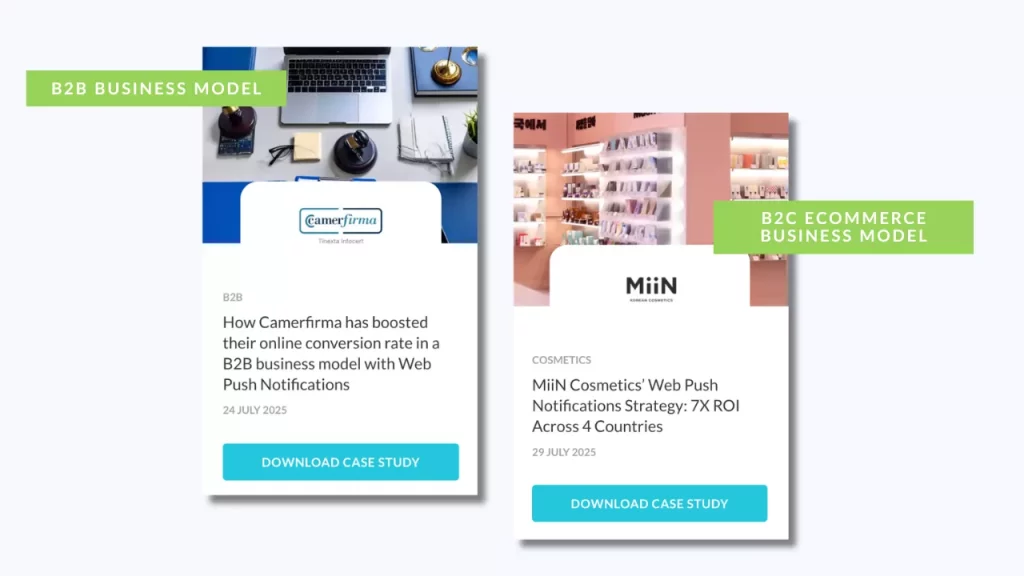
This month, we’ve published two new case studies showing how hyper-personalised retargeting performs across completely different industries:
Camerfirma (B2B model)
A digital certificate provider that needed precision targeting for a niche audience. Our personalised flows helped increase their retargeting CTR by over 80% compared to generic remarketing, while lead nurturing in an industry where it’s crucial.
Miin Cosmetics (B2C eCommerce model)
A leading Korean skincare brand selling to a lifestyle-driven audience. By tailoring product reminder messages based on browsing behaviour and timing, we supported conversion-focused campaigns that felt just like that friendly reminder to uplevel personal care routines.
These two success stories show that hyper-personalisation isn’t a trend, it’s a framework that adapts to business models, not the other way around. Whether you sell to businesses or beauty lovers, real-time relevance is the key to performance.
📩 Want to explore what that looks like for your brand?
Book a free demo with Frizbit and let’s explore how we can tailor automated engagement to your needs.
Don’t miss Frizbit’s monthly blogs and explore our latest Digital Marketing Updates and News
Digital Marketing Updates and news from July 2025
Digital Marketing Updates and news from June 2025
Digital Marketing Updates and news from May 2025
